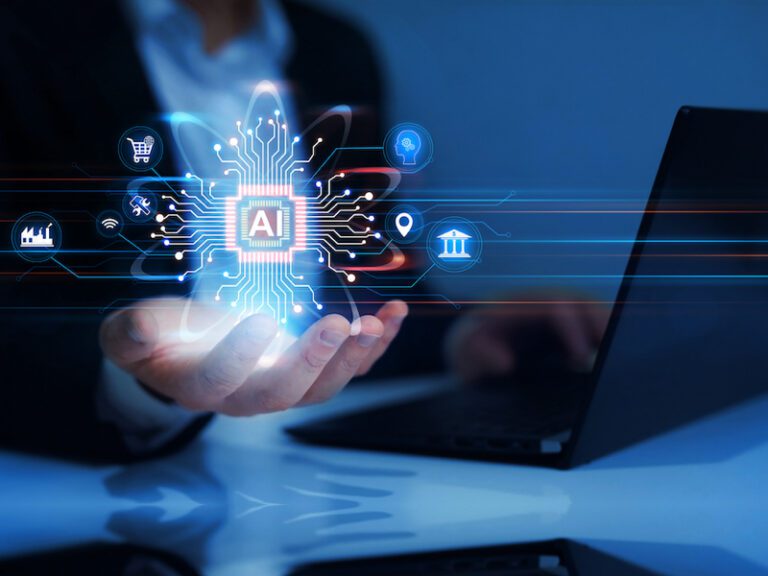“While previous waves of technological transformation such as automation primarily affected less-educated workers performing routine, manual tasks, a broader segment of the workforce could potentially be impacted in an era where highly sophisticated algorithms capable of modeling language and other AI applications increasingly excel at performing non-routine, cognitive tasks typically performed by highly skilled workers,” he said.
Overall, the study estimates that 50% of workers with a bachelor’s degree or higher hold jobs that are highly exposed to and highly complementary to AI, compared to just 13% of workers with a high school diploma or less.
Similarly, more educated workers are more exposed to tasks that can be replaced by AI, with 36% of these workers considered highly exposed to jobs that can be done by AI compared to 25% of less educated workers.
“In summary, 86% of highly skilled workers held jobs with high exposure to AI…compared to 38% of their less skilled counterparts,” the report said.
The study reveals in particular that professionals in the financial and insurance sectors are 100% exposed to possible disruptions linked to AI.
Additionally, the study indicates that administrative jobs in the financial sector are 83% exposed to AI, with the remaining 17% considered exposed to both disruption and potential assistance from AI.
In contrast, jobs in skilled trades, such as construction and heavy equipment operators, and in fields such as health care support, were considered to have no exposure to AI.
The study warns that increased exposure to AI does not equate to a higher risk of job loss.
“There are several reasons why employers may not immediately replace humans with AI, even if it is technologically possible. These reasons include financial, legal and institutional factors,” the report says.
Separately, the Bank for International Settlements (BIS) released a report from its Economics Department examining the potential impact of AI on the U.S. labor market. The report found that while many white-collar jobs may be more susceptible to AI, the greater complexity of these jobs may insulate these workers from complete replacement by AI.
In particular, it concludes that while “high-wage occupations are more exposed to AI, low-wage occupations are more at risk of being replaced by it.”
This study found that up to 45% of jobs in the highest-paying quartile are exposed to AI, compared to 26% in the lowest quartile. Furthermore, AI typically complements some aspects of high-paying jobs; when it affects a low-paying job, it is more likely to be able to replace that job entirely.
“For example, a high-paid lawyer might use AI to help with legal research (a secondary skill), while a low-paid job in the same profession, such as a paralegal, might be replaced by AI tools that handle their primary tasks of planning and document preparation,” the BIS report says. “Overall, this makes low-paid jobs more likely to be replaced by AI.”
The fact that low-wage jobs are more likely to be replaced by AI “could exacerbate economic inequality,” the report says.

